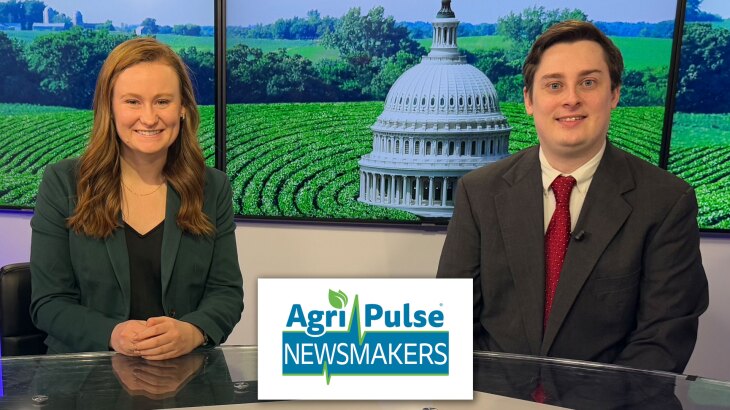Texas leads the nation in the number of farms and ranches with more than 127 million acres. The Lone Star State is home what many call the pioneer of ranching in the U.S.-- King Ranch.
As the sun rises on Santa Gertrudis Creek, it brings with it a quiet serenity. You would never know that on either side of this slender body of water is one of the most famous and largest ranchers in the entire world.
From Captain Richard King’s first land purchase in 1853 to its 825 thousand acres of horses, wildlife, cattle, cotton, and more; it is an integral part of Texas agriculture.
James Clements III is Captain King’s great, great, great grandson. He runs King Ranch’s horse division. He states, “It’s a place that draws you in; it feels like something that you have to do.”
For over 160 years, King Ranch led some of the first cattle drives, developed the Santa Gertrudis and Santa Cruz breeds of cattle, bred the finest horses, including the 1946 Triple Crown winner Assault.
According to the ranch’s vice president David Delaney, “Every house that’s on the ranch is on the payroll. Even though we do breed and sell horses, we breed about 35 mares every year, our registry is just under 8,000; nobody is close to that number of quarter horses registered.”
Delaney says that the success of this operation is because of its ability to innovate and adapt.
“As innovative as we’ve been in cattle, we’re every bit as innovative in our wildlife management programs... We have natural resource programs, we have a harvest and survey system, we have all our rainfall data,” he adds. “You can give me any period of time over the last 20 years in any pasture on the ranch, and I can tell you how many animal units on it...”
Cotton is still king when it comes to row crops on this operation. Although, they do grow milo and have a large turfgrass division.
There is also a masters degree program in conjunction with Texas A&M-Kingsville, thus ensuring ranching, farming, and wildlife resources are preserved and proper for generations to come.














